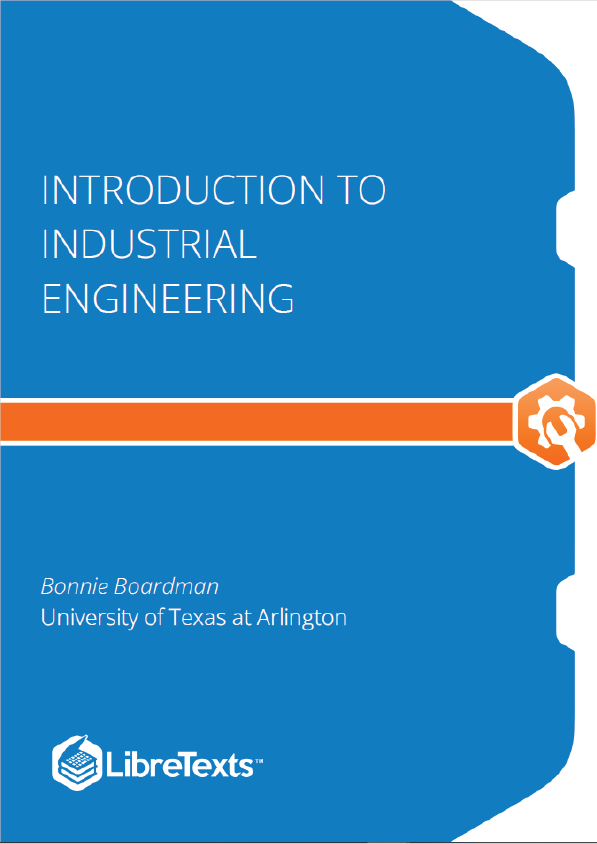Welcome to industrial engineering
Being an IE is very satisfying because you can create an efficient and safe workplace where people are proud of the high quality products and services they produce. IEs improve efficiency, which means that we help bring prosperity. IEs improve quality, which means that we help provide good products and services. And IEs improve safety, which means that we help protect people. You should be very proud that you plan to become an IE. According to the bumper sticker version of industrial engineering, IEs make things better.
A team (or a work team) is a group of people with complementary skills who work together to achieve a specific goal (Thompson ). “A group,” suggests Bonnie Edelstein, a consultant in organizational development, “is a bunch of people in an elevator. A team is also a bunch of people in an elevator, but the elevator is broken.” This distinction may be a little oversimplified, but a team is clearly something more than a mere group of individuals. In particular, members of a group—or, more accurately, a working group—go about their jobs independently and meet primarily to share information. A group of department-store managers, for example, might meet monthly to discuss their progress in cutting plant costs, but each manager is focused on the goals of his or her department because each is held accountable for meeting only those goals. Teams, by contrast, are responsible for achieving specific common goals, and they’re generally empowered to make the decisions needed to complete their authorized tasks.
Some Key Characteristics of Teams
To keep matters in perspective, let’s identify five key characteristics of work teams (Thompson ; Alderfer, et. al. ):
- Teams are accountable for achieving specific common goals. Members are collectively responsible for achieving team goals, and if they succeed, they’re rewarded collectively.
- Teams function interdependently. Members cannot achieve goals independently and must rely on each other for information, input, and expertise.
- Teams are stable. Teams remain intact long enough to finish their assigned tasks, and each member remains on board long enough to get to know every other member.
- Teams have authority. Teams possess the decision-making power to pursue their goals and to manage the activities through which they complete their assignments.
- Teams operate in a social context. Teams are assembled to do specific work for larger organizations and have the advantage of access to resources available from other areas of their organizations.
Why Organizations Build Teams
Why do major organizations now rely more and more on teams to improve operations? Executives at Xerox have reported that team-based operations are 30 percent more productive than conventional operations. General Mills says that factories organized around team activities are 40 percent more productive than traditionally organized factories. According to in-house studies at Shenandoah Life Insurance, teams have cut case-handling time from twenty-seven to two days and virtually eliminated service complaints. FedEx says that teams reduced service errors (lost packages, incorrect bills) by 13 percent in the first year (Fisher ; Greenberg & Baron).











